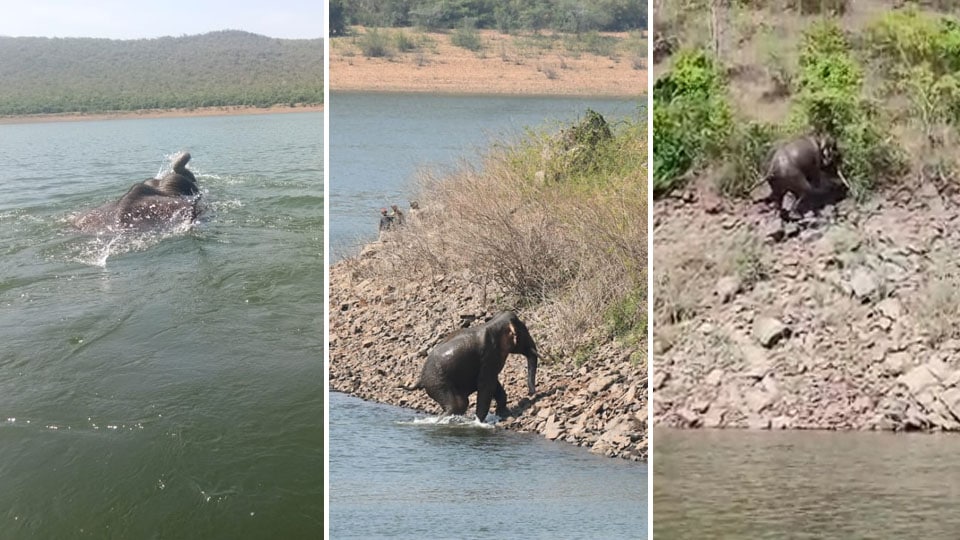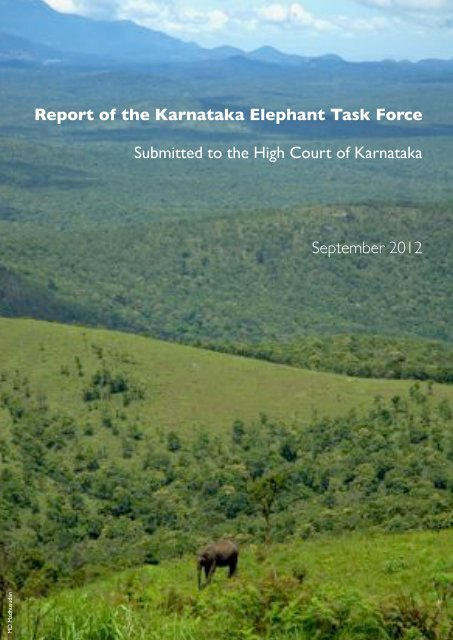

Not only will this show in the interviews and stories themselves, but in the kind of impact we want this series to have. Working as closely as we are with these organizations, also means we understand their objectives and goals a lot more clearly. Permission to bring cameras into restricted reserves, covering activities and operations and being privy to sensitive information, gives us an angle on this and a level of intimacy and exclusivity with the story that others could not be seen elsewhere. Through our personal invitation from these organizations, we have been given unprecedented access to people, places and wildlife that will show in our series. This I believe will give audiences an even greater understanding as to what’s at stake, having an even greater emotional investment in the outcome of the story. With her unrivaled knowledge of elephant psychology and behavior, Michelle gives us a unique insight into their world, and a series structure allows us to track that behaviour and their movements, as the story progresses. Michelle Henley as our guide, we also have the opportunity to develop the stories of some of the elephant individuals and herds, whose lives and well-being are at constant risk from poaching, conflict with farmers and villagers, and of course the broader picture of diminishing habitat and climate change.

Opening it up to an episodic structure, allowed more room for all these elements, giving us the opportunity to develop the stories of the people behind the corridor project itself, as well as those living along its path. As research into the story began, and the many people, organizations, communities, countries and ideas started to fill the page, the notion of containing it in a feature length documentary seemed unjust to the story.

Formidable, daunting, and yet hopeful and inspiring all at once. The vision for this project, its tone, content and structure, reflects this complexity. While we address the many complex and overwhelming challenges they face along the way, it is fundamentally about their persistence and belief in the potential the people and landscape have to change. What drives our story and structure of the series, is ultimately the positive work and impact the people and organizations are having through their efforts to establish these corridors. The challenge now lies in convincing all along the way to join in. Using beehives as a natural fence, the aim is to reduce conflict, re-establish wilderness and offer communities a new economy through honey production. But the discovery of elephants’ innate fear of honeybees has launched the idea of opening a 200-mile corridor across borders. Habitat loss and climate change have broken migratory paths, forcing elephants to raid farms and villages for sustenance. Michelle Henley and team are leading a radical conservation plan to solve a growing human-elephant conflict. But it will take the trust and commitment of communities and park wardens to ensure its success. At the height of deadly human-elephant conflict in Southern Africa, a scientist and a team of local women lead a radical plan to open a 200-mile protected corridor for elephants - using honeybees.


 0 kommentar(er)
0 kommentar(er)
